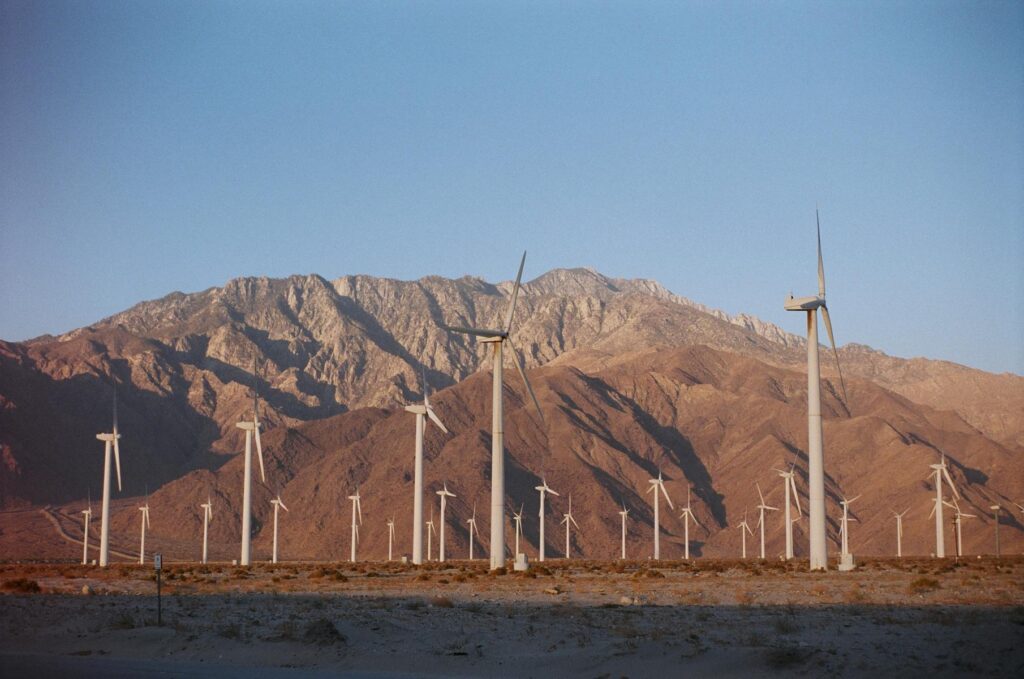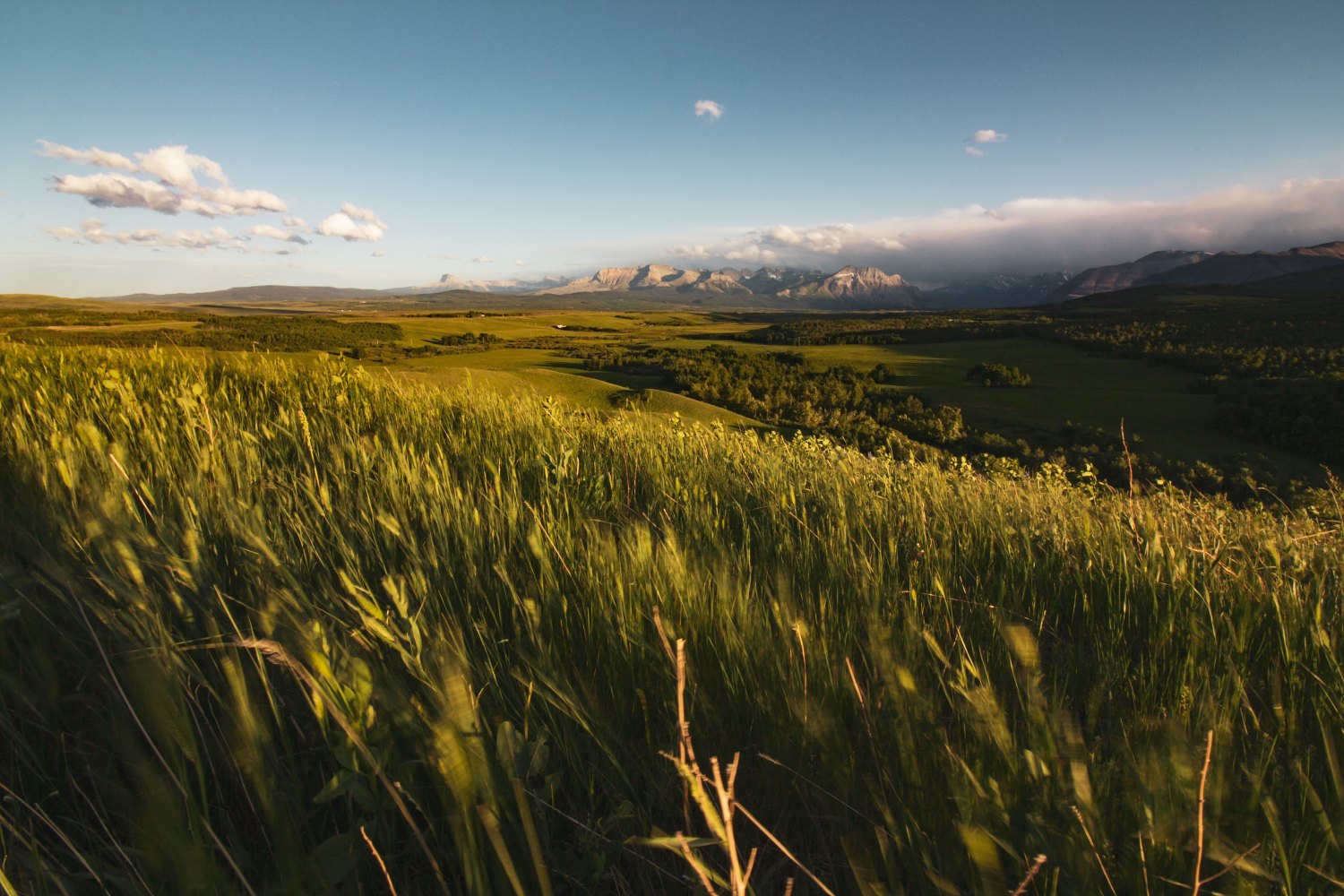Every intelligent man saw the poverty that would follow the destruction of the beaver, but there were no chiefs to control it… —David Thompson, Explorer
The Alberta government has declared a moratorium on approving energy projects for the next six months.1 This has brought predictable protests from the renewable energy corporations who were lined up at Trudeau’s “green trough” of billions in subsidies.2 It’s also angered climate change activists who see the pause as hastening the apocalypse.
But the reasons postured by the Alberta Utilities Commission (AUC) were more than justified, including concerns over the destruction of prime farmland for growing food. And there’s the serious question of what happens to these solar or wind farms when their short lifespan is over. Now stuck with footing the bill for some 12,500 orphaned oil well sites,3 the Alberta government wants to avoid the same mistakes with renewable energy. If you talk to the farmers who are presently hosting wind or solar, some will tell you, as they’ve told us, that there are serious question marks still on who is going to be responsible for the reclamation and disposal of these turbines and solar panels. The problem arises when energy corporations sell their stakes in a project, are bought out by other companies, or go bankrupt. As we’ve learned, the devil gets lost in the details.
But there was one other key reason cited by the AUC that hardly anyone wants to talk about:
The impact of power plant development on Alberta’s pristine viewscapes.
Press release, Alberta government, August 3, 2023; alberta.ca
I was admittedly astonished when I read that. For to even raise the question of destroying Alberta’s remarkable landscapes by industrial wind plants is almost taboo: “You’re just a NIMBY (not in my backyard)”, cry the urban dwellers (who will never see a turbine in their neighbourhood). “You’re selfish and self-centred!” cry the climate fearmongers. “It’s for the common good,” say the regulators, as they rubber stamp projects that alter the landscape for generations, often destroying property values in the process.4
All this is telling of a generation that has seemingly forgotten one of our greatest resources: beauty.
Who in their right mind thinks that building huge industrial wind farms in pristine natural environments is in any way acceptable?
Jason Endfield, environmental freelancer writer
You’d think the environmentalists would want to preserve nature; or those urban dwellers, who love to escape to the mountains and lakes, would be eager to see these areas preserved (nb. tourism to Alberta’s pristine landscapes draws over 8.4 billion a year.5 ); or conservationists would be determined to defend vulnerable migratory birds like the Bald Eagle and Endangered Whooping Crane. But there is not only an odd silence from environmentalists but almost an eagerness to sacrifice our pristine landscapes for what Premier Danielle Smith is rightly calling an ideology.
Take for instance the proposed wind project beside Waterton National Park, loved for its stunning mountain views and elevated hiking opportunities. Riplinger Wind Project Concerned Citizens were able to make their point below in less than 25 seconds.
And here in the Northern Valley, over 50 families have joined together to stop a proposed wind project to be set on top of the stunning North Saskatchewan River valley — host to kayakers, canoers, fishermen, hikers and swimmers.6 In some cases, these offshore-sized turbines — which will reach a fifth of a kilometre into the sky and be seen for dozens of miles across the breathtaking valley views — will be placed within just hundreds of metres of people’s homes, people who often invested in a little acreage to get away from the cityscape and embrace the countryside. To embrace beauty.

Truth, beauty, and goodness. They attract the soul like deer to a stream. But unlike deer, who view the stream in a utiliatarian way, humans find peace, solace and the transcendent in the encounter with nature. Beauty is healing. When people go camping, they don’t look for the nearest transmission tower to park under — they drive in the opposite direction. Or we take a stroll on the outskirts of town, a quick trip into the countryside, or a pause on the mountainside before skiiing down… we behold these places for their beauty, and even innocence. They contain a goodness of their own, a grandeur that leaves the soul unsatiated, always thirsting for more.
Before being put to death in a Nazi concentration camp, Ann Frank said:
I don’t think of all the misery but of the beauty that still remains.
What would Ann Frank say today as our generation goes into warp drive to disrupt coastal, prairie, and mountain views?
The province of Alberta stands at a crossroads. Some 91 renewable energy projects have now been put on hold,7 several which would permanently damage the environment and harm wildlife (such as the Northern Valley, which hosts the Endangered Whooping Crane.) The pause is an opportunity for the people of this region, the present stewards of these “pristine landscapes”, to decide whether we will hand on to our grandchildren this indescribable beauty — or be that generation that sold its soul for subsidies, destroying the environment in the name of saving it. As Tony Keller opined: compared to China’s carbon emissions, Canada’s are a mere “rounding error.”8
Are we really going to destroy one of our greatest resources — beauty — for an ideological goal that is unachievable? There are better and smarter ways to create energy, and industrial wind turbine plants aren’t it.
Not at this cost.
- cf. Alberta Government Puts On the Brakes[↩]
- cf. The Green Rush[↩]
- as of August 1, 2023; cf. orphanwell.ca[↩]
- cf. Property Values Gone With the Wind[↩]
- industry.travelalberta.com[↩]
- cf. Jeopardizing the Lakeland: Turbines[↩]
- cf. cbc.ca[↩]
- theglobeandmail.com[↩]
Mark Mallett is a former award-winning reporter with CTV Edmonton and an independent researcher and author. His family homesteaded between Vermilion and Cold Lake, Alberta, and now resides in the Lakeland region. Mark is Editor in Chief of Wind Concerns.



I cannot thank you enough for this logical, emotional and supportive article.
We look out our window of our home and see Chief Mountain daily and feel blessed for this untouched beauty that is a gift to us .
We should be ashamed of even thinking about disrupting our pristine environment so recklessly with studies presented nor even valid such as the Health Study 2013 which was implemented in Ontario and PEI clearly stating that the results cannot be used elsewhere.
This exact study was quoted in our promotion package from Trans Alta which is unacceptable.
I am a concerned citizen of the Riplinger Wind Project and I’m happy to hear the government is actually going to take some time to address serious concerns for all of our future.
My sincere thanks
Brenda Boland
This piece is embarrassing. Likening your situation with Nazi concentration camps? Do you hear yourselves?
So now that there’s white folks living on native land in the north, when you guys don’t want development on the land you’ve already stolen, look what your government does. Stops the whole process.
It’s hypocritical, and I hope you can all acknowledge that Indigenous folks have been saying this for the last 100 years, and now that white folks have benefited from those 100 years, are asking it to stop?
Nice. None of the species you mentioned would be endangered if not for the complete lack of consultation on thousands of industrial projects, so consider yourselves consulted with.
Hi Aiden. Thanks for your comments.
I did not compare our situation to Nazi concentration camps. Rather, I emphasized how important and healing beauty can be to the human soul.
The rest of your comment aptly demonstrates how human injustice continues to rear its ugly head — and it knows no skin color. It is part of the fallen human condition and is common to every race on earth. The answer, I feel, is rather than continue divisions, we ought to unite together to protect the land (which we are all stewards of, lended to us by the Creator) and safeguard the animals, birds, and waterways. I have reached out to the Chiefs of Frog Lake and Kehewin as I am certain they want to protect these precious resources as well, not the least, the beauty of this land.
Or we can continue to remain divided and let money and ambition plunder once again…
Alberta has designated the North Saskatchewan river valley, near Northern Valley, as a “Key Wildlife and Biodiversity Zone”. Given the new development guidelines, the proposed Elemental Energy wind farm should be a non-starter since it is well within 35km limit.